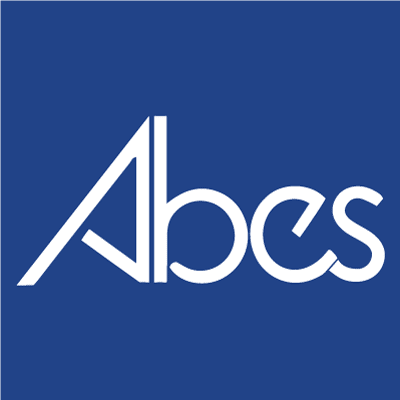Additive manufacturing, or 3D printing as it’s more commonly known, is revolutionizing the healthcare industry. As 3D printing in the healthcare industry reaches its full potential in the coming years, we will witness truly mind-boggling applications.
It won’t be long before 3D printing basics will be included in the curricula of medical and healthcare schools in Calgary! The present and the future of 3D printing and healthcare
- Applications of 3D printing. It’s no longer just futuristic wishful thinking! Experts have already created airway splints for babies suffering from tracheobronchomalacia, skin grafts for burn victims, biodegradable implants to help treat bone infections and cancer, and a bionic ear. In the near future, 3D printing will likely revolutionize ankle, hip and knee replacement surgeries, spinal procedures, heart, jaw and shoulder operations, splints for setting fractures and prosthetics. But the sky’s the limit: sights are set on producing 3D-printed kidneys, livers and lungs!
- Cost-effectiveness. One of the most interesting aspects of 3D printing as a healthcare tool is cost-effectiveness. The nature of 3D printing means objects can be created directly from a digital model faster and with greater precision while greatly reducing the possibility of error, thereby dropping costs considerably. And unlike so much other healthcare equipment, 3D-printer technology is very economical and getting less costly every year.
- More people treated. 3D printing has the potential to make once rare and extremely costly procedures much more accessible to those in need. It will also allow medical specialists to see more patients because 3D printing will offer quicker and more efficient results. It will also help reduce time in surgery and lower the risk of error and complications.
- Improve quality of life. One of the benefits of 3D printing is its life-changing potential for children. In the past, prosthetics were difficult for children to get because of the cost involved in manufacturing them and because children outgrew them so quickly. With 3D technology, prosthetics will be custom-designed, manufactured and fitted in less than a day for a fraction of the cost of traditional prosthetics. This means a vastly improved quality of life for children with missing limbs. The same will apply to people who may have otherwise had to wait months, even years, for the right donor organ to be available.
Enroll at a Healthcare School in Calgary
Does the exciting potential offered by Calgary medical and healthcare schools intrigue you? Contact us at ABES! We are one of Calgary’s foremost healthcare and medical schools. Let us help you get on the road towards an exciting future in healthcare!


